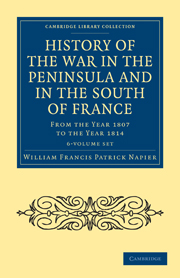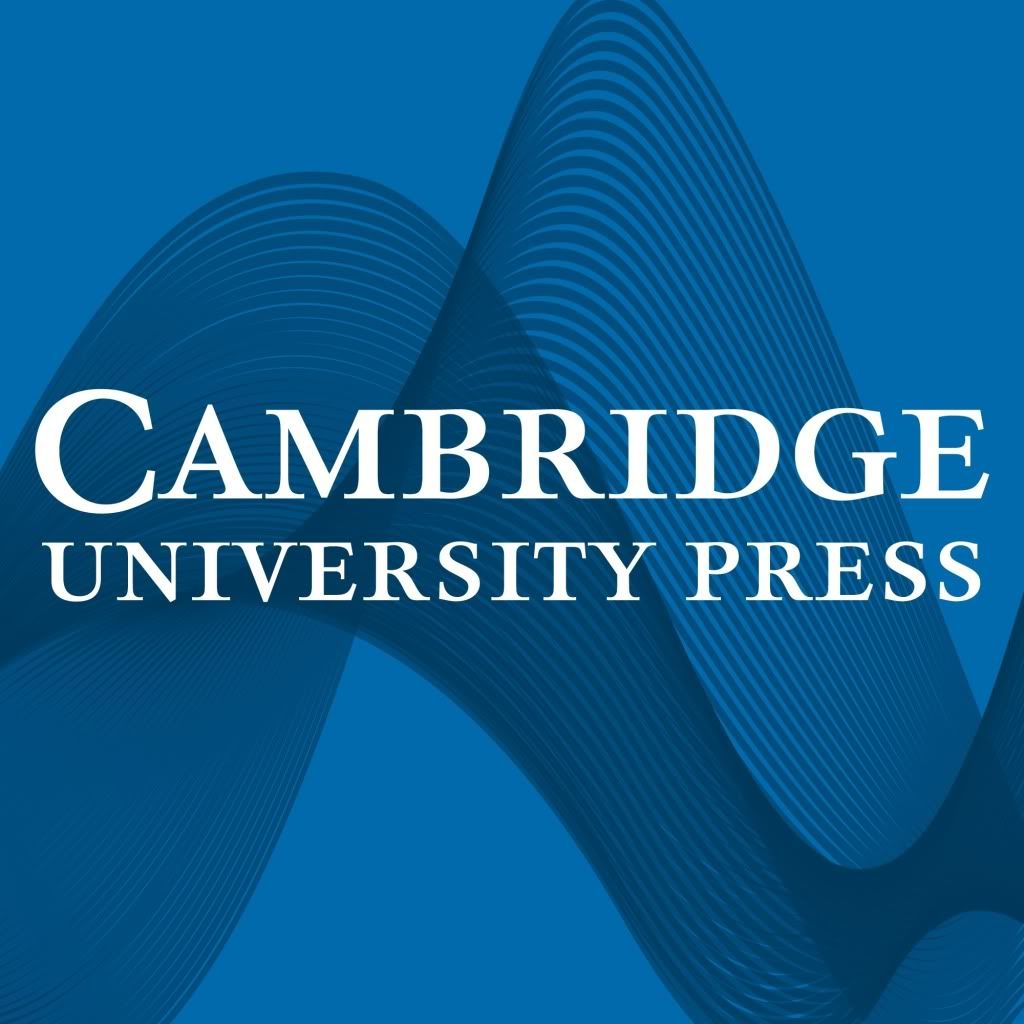 In the last few days, a British government delegation, headed by the Prime Minister, has been in India, talking trade, visas, and, inevitably, the colonial past.
In the last few days, a British government delegation, headed by the Prime Minister, has been in India, talking trade, visas, and, inevitably, the colonial past.
The British historian of India, William Dalrymple, who recently published a history of the first Anglo-Afghan War, was discussing the imperial legacy on the radio, and pointed out that although one can readily point to the bad, immoral and tragic elements of British rule, the benefits should not be overlooked.
One of those benefits is surely the foundation, and the continuing existence, of the Royal Asiatic Society. We are delighted that the Cambridge Library Collection is about to reissue over 100 titles, selected by the Society’s staff from its unique and extensive library, in a new series called ‘Perspectives from the Royal Asiatic Society’, which will extend our already substantial publishing in this area.
The Society was founded in 1823 by a group of scholars eager to record and to present to the West the incredible riches of Eastern civilisation, by publishing translations of works across a wide range of subjects from algebra and astronomy to literature and theology, along with histories of the different nations and regions, and dictionaries and grammars of the many diverse languages and dialects encountered by western explorers, merchants, missionaries, soldiers, civil servants and colonial rulers.
Foremost among these scholars was Henry Thomas Colebrooke (1765–1837), who had spent fifteen years working for the East India Company, and rose to become chief justice and a member of the supreme council. In addition to his day job, he found the time to study Sanskrit, and was later described by Max Müller as the ‘founder and father of the Sanskrit scholarship in Europe’; he also taught Sanskrit at Fort William College, the institution founded by Lord Wellesley in Calcutta to educate British officials in the languages and history of India.
Colebrooke, whose own greatest interest was in mathematics and astronomy, was inspired by his experience of the Asiatick Society of Bengal, which had been founded the year before he arrived in Calcutta, and for whose journal he had written many papers. The leading light of that society was Sir William Jones (1746–94), a child prodigy whose mathematician father was a friend of Newton and Halley. He studied Arabic at Oxford (as a Harrow schoolboy his Greek was better than that of his headmaster), and this led to his mastering Persian, and undertaking translations from both languages while reading for the Bar. Jones was a radical in politics (not unlike Colebrooke in the next generation), whose views did not endear him to the people whose patronage he needed for the Indian judgeship for which he was otherwise so pre-eminently qualified, but in 1783, he and his newly married wife sailed to Bengal.
The story of Jones’s life and scholarly achievements is told (in the first two volumes of his 13-volume Works), by his friend John Shore, later Lord Teignmouth, who was governor-general of Bengal and founder of the British and Foreign Bible Society. The range of Jones’s work is astonishing: from digests of Hindu and Muslim law (work continued after his death by Colebrooke) to translations of Sanskrit literature, poetry inspired by Hindu mythology, and research on the archaeology, ethnography, botany, geography and music of the subcontinent. The effect of his revelation of Indian civilisation and literature on the British, and especially on the writers of the Romantic movement, was considerable, but perhaps his most lasting claim to fame was his recognition that Sanskrit had much in common with Greek and Latin: ‘more exquisitely refined than either, yet bearing to both of them a stronger affinity, both in the roots of verbs and in the forms of grammar, than could possibly have been produced by accident; so strong indeed that no philologer could examine them all three, without believing them to have sprung from some common source’.
Thus the foundation for all subsequent work in Indo-European linguistics was laid; but Jones went further, demonstrating the kinship of Hindu with Greek and Roman mythology, linking Vedic philosophy with the work of Plato, and identifying persons and places known from the Greek accounts of Alexander the Great’s Indian campaign, and thus tying the chronology of ancient India to that of the West.
Jones was also (and in keeping with his radical views in politics) a determined supporter, and indeed pupil, of native Indian scholars in many fields, from law to medicine, and sponsored the publication of their works in the Asiatick Society’s journal (though it was not until 35 years after his death that ‘natives’ were admitted as members of the Society).
But the Royal Asiatic Society’s interests are by no means restricted to the subcontinent: as its royal charter (presented by George IV in 1824) states, its purpose is ‘the investigation of subjects connected with and for the encouragement of science, literature and the arts in relation to Asia’. Books in the library cover a geographical range from North Africa to Bosnia, the Middle East, central Asia, the East Indies, Thailand, and China, and the Society’s Translation Fund was instrumental in enabling significant works from all these areas to be published in English. The complete list of the titles reissued (so far!) can be seen on the series page: it is a fascinating demonstration of the scholarly enthusiasm with which men such as Jones and Colebrooke sought to inform and educate the contemporary British public about the civilisations with which global political changes would increasingly bring them into contact.
Caroline



Pingback: On A Mission | Cambridge Library Collection Blog
Pingback: Sir Aurel Stein | Cambridge Library Collection Blog
Pingback: What’s Wrong with Geography? | Cambridge Library Collection Blog